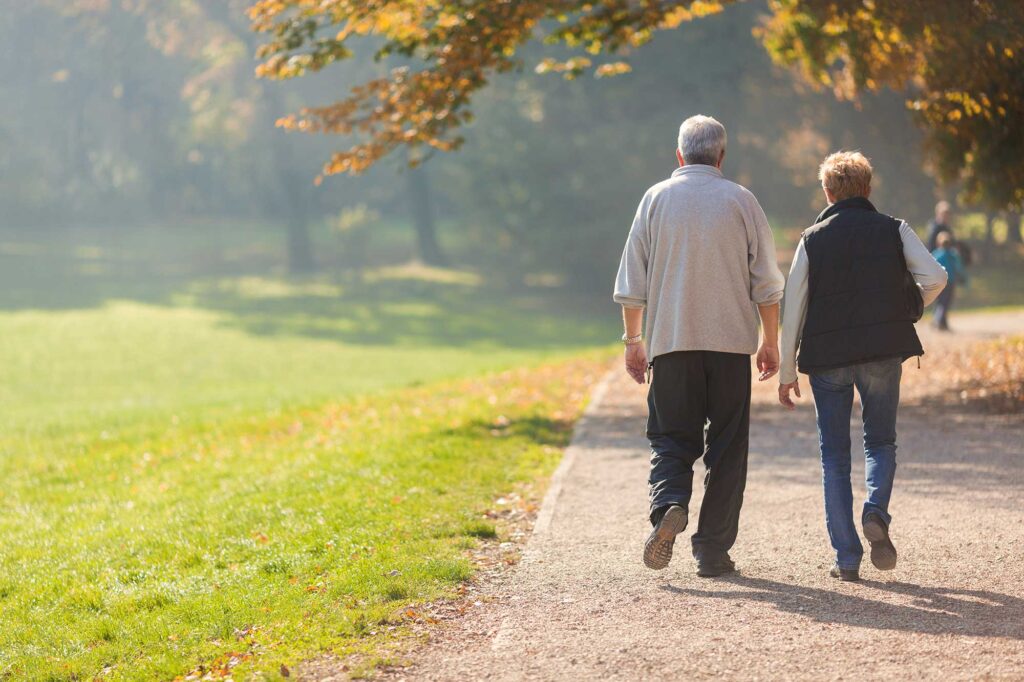The concept of “Blue Zones” has gained significant attention for its association with longevity and reduced rates of chronic diseases. These regions, including Ikaria (Greece), Sardinia (Italy), Okinawa (Japan), Nicoya Peninsula (Costa Rica), and Loma Linda (California, USA), share common lifestyle habits that contribute to the remarkable health and longevity of their inhabitants. As the world grapples with the rising prevalence of lifestyle-related illnesses, adopting the Blue Zone lifestyle could be a promising global ambition.
The Power of Plant-Based Diets
One of the key pillars of the Blue Zone lifestyle is a predominantly plant-based diet. Approximately 90% of the diet in these regions consists of plant-based foods, with a particular emphasis on legumes, especially beans. Beans are a nutritional powerhouse, rich in fiber, protein, vitamins, and minerals, yet low in glycemic index. Their high fiber content helps maintain healthy cholesterol and triglyceride levels, reducing the risk of cardiovascular diseases[1][2].
Moreover, beans are inexpensive, easy to cook, and widely available, making them an accessible and sustainable food source globally. Incorporating beans as a staple food could significantly improve the nutritional quality of diets worldwide, contributing to better health outcomes[3].
Whole Foods and Mindful Eating
The Blue Zone diet is characterized by nutrient-dense, low-energy, and flavorful whole foods. Sourdough bread, with its low glycemic index, can be a healthier alternative to refined grains. Nuts, such as almonds, brazil nuts, cashews, walnuts, and pistachios, are consumed in moderation, providing essential nutrients and healthy fats[3].
Dairy, gluten, and added sugars are minimized, with a preference for naturally occurring sugars from fruits. In regions like Ikaria and Sardinia, goat’s milk is enjoyed in the form of fermented yogurt or cheese[1][3].
This dietary pattern has been shown to lower inflammation and reduce the risk of metabolic syndrome, contributing to overall longevity and well-being[2][3].
Balanced Lifestyle and Social Connections
Beyond diet, the Blue Zone lifestyle encompasses regular physical activity through farming, walking, and gardening, as well as strong social connections and a sense of purpose[2][4]. Happiness is derived from pleasure, purpose, and pride, building resilience during times of stress. A solid social network and community engagement are integral to the Blue Zone way of life[1][4].
Global Adoption: Opportunities and Challenges
Adopting the Blue Zone lifestyle globally presents both opportunities and challenges. On the positive side, it offers a holistic approach to health, addressing diet, physical activity, social connections, and mental well-being. This could lead to a significant reduction in chronic diseases and increased life expectancy worldwide[2][4].
Additionally, a plant-based diet is more sustainable and environmentally friendly, aligning with global efforts to combat climate change[3].
However, cultural differences, economic factors, and the challenge of behavioral change pose obstacles to widespread adoption. Adapting the Blue Zone principles to diverse cultural contexts and ensuring access to fresh, whole foods and safe environments for physical activity are crucial considerations[2][4].
Conclusion
The Blue Zone lifestyle offers a compelling model for achieving longer, healthier lives. While challenges exist, the potential benefits for public health and sustainability make it a worthy global ambition. By promoting plant-based diets, regular physical activity, strong social connections, and effective stress management, societies worldwide can move towards a healthier future. However, addressing cultural, economic, and individual factors is essential to ensure the accessibility and adaptability of these principles for everyone.
Citations:
[1] https://grainfoodsfoundation.org/12-benefits-of-the-blue-zone-diet-lifestyle/
[2] https://www.ncbi.nlm.nih.gov/books/NBK298903/
[3] https://www.bluezones.com/2020/07/blue-zones-diet-food-secrets-of-the-worlds-longest-lived-people/
[4] https://www.healthline.com/nutrition/blue-zones
[5] https://www.bannerhealth.com/healthcareblog/teach-me/blue-zones-diet-the-pros-cons-and-what-to-eat




